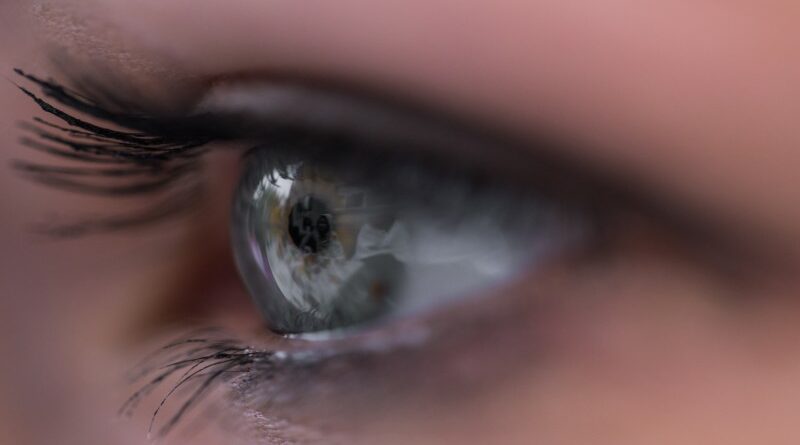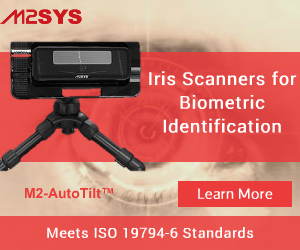Iris Scanners and Recognition: A Biometric Identification Technique for Airport Security Systems
This informative post is brought to you by ADAGOLD, an Australian-based Global Aviation specialist that has been providing market leading aircraft charter solutions.
Iris scanners are used to detect recognition of an individual’s identity by analyzing the random patterns that visibly appear inside a person’s iris from a certain distance. The technology combines optics, statistical conclusions, pattern recognition, and computer vision.
Among virtually every scanner and biometric device that’s available today, it’s agreed that iris recognition technology is by far the most accurate. The technique itself is relatively new, only in existence since 1994.
 The Science Behind Iris Recognition
The Science Behind Iris Recognition
Every person’s eye has a colored ring around their pupil called the iris; and like a thumbprint, no two are exactly the same. Each one displays a special pattern that randomly develops while in utero and is therefore unique in its own way. This process is known as morphogenesis. Basically, the iris is essentially a muscle that controls the pupil’s size, serving to regulate how much light can penetrate the eye.
Iris recognition isn’t hindered in any way by contact lenses or eyeglasses and can be accurately scanned from between 10 cm to as far away as a couple of meters distance. As long as the iris never gets injured, it virtually remains the same over time and just one initial scan can last forever.
Although a few surgical and medical procedures can sometimes affect the general color and shape of a person’s iris, the delicate texture stays the same for several decades. Even people who are blind can utilize iris recognition technology since it’s based on pattern rather than sight.
Iris Scanning and Biometrics
Iris scanning is literally the best method for biometric identification. This is because the iris is basically an internal organ that’s primarily protected from any damage by the cornea. The technology is even more accurate than using fingerprint identification, which can sometimes be hard to identify after many years of certain kinds of manual labor that may affect the hands.
Airport Security and Iris Recognition
In some airports around the world, iris scanners and recognition technology are already being used as well as in certain military bases where quick, dependable identification is critically important. Currently, they’re the most accurate kind of modern biometrics available. Security, especially in airports, has never been more important than today. Think of the implications of someone that wanted to charter aircraft with ill intentions and how iris scanning could prevent a negative incidence from ever happening. The jet charter industry could employ the widespread use of iris scanning technology and make the skies much safer overall.
How Iris Scanning Works
Before an iris is scanned, it’s located with the use of certain landmark features. In general, these key features along with the iris’s unique shape, enables extraction, feature isolation, and imaging. Localizing someone’s iris is a critical first step in recognizing it due to “noise” in the image such as eyelashes, eyelids, pupils, and reflections in the image that could potentially result in poor performance when scanned.
General Uses of Iris Scanning
Some of the main uses for iris scanning today include aviation security and regulating access to airport’s restricted areas, passport substitutions, computer logins, database access, ‘watch list’ border crossing screenings, mother-newborn pairing in hospitals, and control of access to certain premises.
Because iris recognition is still somewhat new in terms of technology, the concept and the industry are still evolving. Through the commitment and determination of government assessments and the iris industry itself, progress and general growth will continue to develop.
This informative post is brought to you by ADAGOLD, an Australian-based Global Aviation specialist that has been providing market leading aircraft charter solutions.













